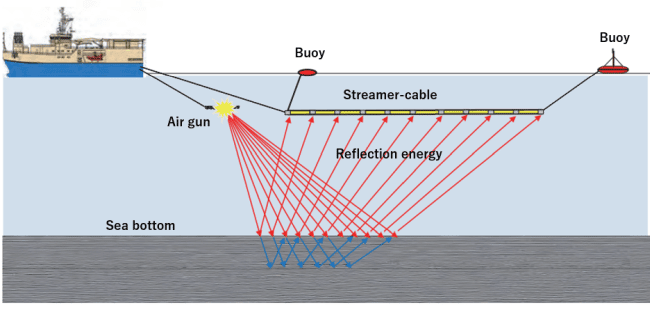All Categories
Featured
Table of Contents
Airborne Geophysical Survey: Glens Falls B '84, Vermont in Ascot Aus 2023
Much of the image consists of blank areas now with little or no radar action. The "yard" wall is still revealing highly, however, and there are continuing ideas of a difficult surface area in the SE corner. Time slice from 23 to 25ns. This last slice is now almost all blank, but a few of the walls are still showing highly.
How deep are these pieces? The software application I have access to makes approximating the depth a little difficult. If, however, the leading three pieces represent the ploughsoil, which is probably about 30cm think, I would think that each slice has to do with 10cm and we are just coming down about 80cm in total.

Thankfully for us, the majority of the sites we have an interest in lie just listed below the plough zone, so it'll do! How does this compare to the other methods? Comparison of the Earth Resistance information (leading left), the magnetometry (bottom left), the 1517ns time slice (leading right) and the 1921ns time slice (bottom left).
43 Cfr § 3836.13 - What Are Geological, Geochemical, Or ... in Beckenham Aus 2020
Magnetometry, as gone over above, is a passive method measuring regional variations in magnetism against a localised no worth. Magnetic vulnerability survey is an active technique: it is a step of how magnetic a sample of sediment could be in the presence of an electromagnetic field. How much soil is tested depends on the size of the test coil: it can be extremely little or it can be fairly big.
The sensor in this case is really small and samples a small sample of soil. The Bartington magnetic susceptibility meter with a large "field coil" in usage at Verulamium throughout the course in 2013. Top soil will be magnetically improved compared to subsoils merely due to natural oxidation and reduction.
By determining magnetic vulnerability at a fairly coarse scale, we can detect areas of human occupation and middens. We do not have access to a trusted mag sus meter, but Jarrod Burks (who helped teach at the course in 2013) has some excellent examples. One of which is the Wildcat site in Ohio.
Geophysical Survey - Durham University in Darling Downs Australia 2020
These towns are typically laid out around a main open area or plaza, such as this reconstructed example at Sunwatch, Dayton, Ohio. The magnetic vulnerability study assisted, however, define the primary location of profession and midden which surrounded the more open location.
Jarrod Burks' magnetic susceptibility study results from the Wildcat site, Ohio. Red is high, blue is low. The method is therefore of excellent use in specifying areas of general profession rather than recognizing particular features.
Geophysical surveying is a used branch of geophysics, which utilizes seismic, gravitational, magnetic, electrical and electromagnetic physical methodologies at the Earth's surface to measure the physical properties of the subsurface - Geophysical Survey - Explore The Seafloor in Bicton Australia 2023. Geophysical surveying methods usually measure these geophysical homes in addition to abnormalities in order to examine numerous subsurface conditions such as the existence of groundwater, bedrock, minerals, oil and gas, geothermal resources, spaces and cavities, and much more.
Latest Posts
Geophysical Surveys: Definition & Methods in Forrestdale Oz 2020
Geophysics in Spearwood Australia 2022
Geophysical Survey in Kinross Oz 2022